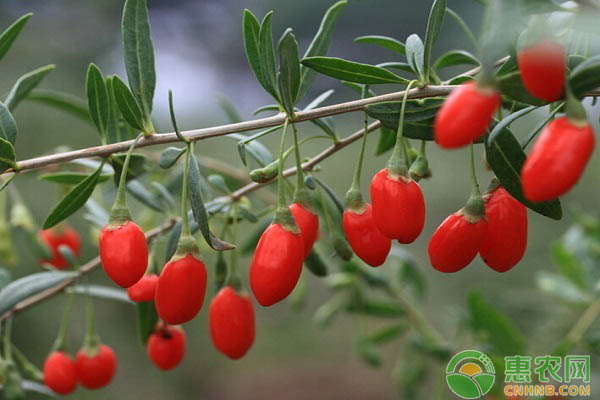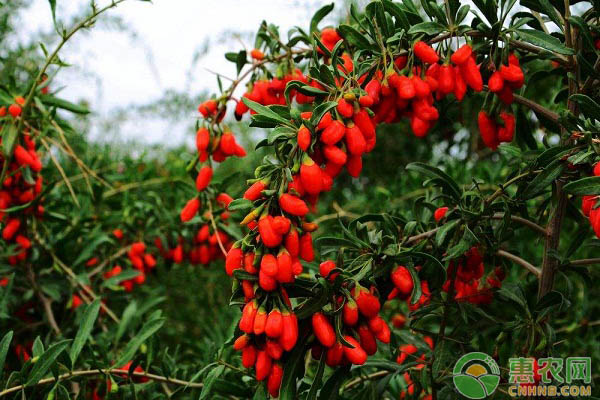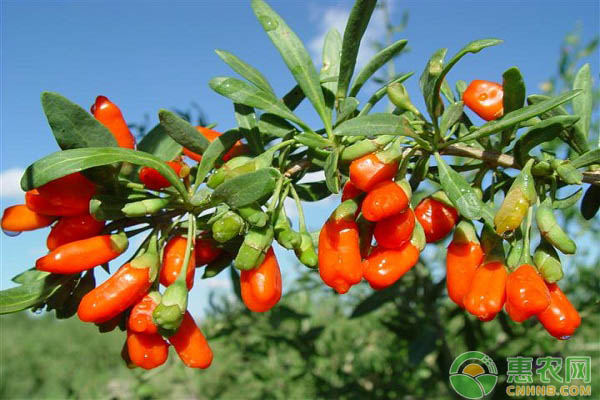You can make tea and drink it as a soup ingredient. It has a good effect on the human body. How do you cultivate Ningjing No. 7? This article introduces the biological characteristics of earthworms, and introduces the cultivation and management techniques of Ningjing No.7 in the original state area in terms of the climate and soil conditions of the original state. I hope that friends who want to plant can learn from it. . Biological characteristics Under the same geographical conditions, it was germinated one week earlier than Ningjing No.1, and the growth of the tree was strong, which was characterized by early germination, rapid growth and large growth; bud flower buds, 2 year old branches (old eye branches), and very little flower reproduction. It has strong growth potential, resistant to fertilizer and water, and is resistant to pruning. The current branch (seven-inch branches) is the starting node of flowering, and the flower buds of each leaf are 1~2; the results of the year are thick and long, with an average length of 56cm and a thickness of 0.35cm. It is resistant to salt, alkali, cold and cold. It has stable yield and high yield in different climatic conditions and different soil types. 2. Construction of the garden 2.1 Choice of garden Choose a flat terrain, there are irrigation and drainage conditions, no irrigation conditions should be based on topography, topography, take measures such as machine push to establish a reservoir, with irrigation measures for drip irrigation, sprinkler irrigation for water-saving irrigation, thicker soil, more fertile sand Soil, black loess, ash-calcium soil and gray desert soil, the annual precipitation is more than 300mm, the annual sunshine hours are more than 2600h, the annual average temperature is 6°C, and the PH value is about 8. At the same time, according to the garden, the operation channel of the agricultural machinery and vehicles is reasonably set. 2.2 Land preparation In the summer and autumn of last year, 2500~4000kg of farmyard manure, such as sheep manure or cow dung, per mu, and about 30cm deep. After honing, it is made into a pot or a water tank. The size of the pot is suitable for the operation, and the height is 50cm. Left and right, the water tank is 1m wide and 15cm deep. The soil is filled with winter water before freezing, so that the seedlings can be planted in the spring of the next year. 2.3 Seedling configuration and planting Seedlings should choose Ningjing No. 7 pure varieties of disease-free pests, strong I and II seedlings of hardwood cuttings in the previous year. The row spacing of the plant depends on the person. The farmer can adopt 2m×2m. The enterprise is mainly mechanized, generally 1m×3m. After the soil is thawed in spring, the seedlings should be planted in time. When the seedlings are planted, the root system should be completed. Before the planting, the long roots should be cut off. Generally, the length of the roots should be 20cm. Soak the 2~4h or 200ppm naphthalene acetic acid solution with 20ppm naphthaleneacetic acid solution. Seedlings can also be planted in the canal for 12 hours to colonize and increase the survival rate. According to the design, dig 40cm × 40cm of the planting hole, put the seedlings into the pit, fill in the topsoil, raise the seedlings slightly, make the roots of the seedlings stretch, and then fill the subsoil. The whole process is filled with soil, and the foot is stepped on, so that the soil and the roots of the seedlings are in rapid contact, and the soil is filled to the roots of the seedlings, and the soil is slightly higher than the ground. The depth of planting is exposed to the surface of the original cuttings, and the height is 60cm. Watering should be done in time after planting. The head water must be filled, and the water should be filled about 15d after planting. The number and number of watering will be determined according to the water demand of the seedlings. 3. Plastic trimming 3.1 Plastic pruning in the sapling period When the seedlings are germinated, in order to ensure that the seedlings are erect, a support rod with a height of 1 m and a thickness of 2 cm is inserted at the root of the seedlings, and the seedlings are tied with a cloth belt. The buds of the seedlings below 40 cm are all erased, and the remaining 20 cm is used as the first layer. The main branch of the birth belt, choose 4 to 5 in different directions as a layer of main branch group culture, when the new branch is pumped to 15cm, pick the heart in time, promote secondary branches, and remove the long branches. During the growing season, it is pruned once every half month. Except for the germinated lateral branches on the remaining branch group, the buds sprouting in other parts and the long branches and roots that have not been taken out in time need to be removed in time. In the second year of planting, according to the characteristics of no flower buds and small amount of old eye branches in Ningjing No. 7, during the dormant period, the branches should be cut and cut, and all branches should be short-cut, oblique or flat-side cutting. The length is generally about 15cm; the main branch is 1cm thick and 7 pieces are kept; the 2cm thick remaining branch is 12 pieces. After germination in spring, in addition to the selection of the buds in the supplementary space, all the buds below the trunk, the main branch and the base of the selected branch are 4 cm below. The two-year-old branches selected after germination are allowed to grow; the new shoots that retain the supplementary space grow to 20cm, and the secondary branches should be picked up in time to promote the layout of the resulting branches on the canopy; Should be short-term or top-notch to promote the side branch of the crotch to promote its flowering. In the third year of planting, in the dormant period, about 30 lateral branches of the lateral branches or the secondary branches were selected, and the branches were 15-20 cm apart. In the summer, in addition to the new shoots in the supplementary space, the rest of the buds are basically erased; in the fourth year of planting, attention is paid to the cultivation of two canopy skeletons, the crown is as high as 1.5 m, and the result is about 250, and the crown is about 1.4 to 1.5 m. The yield per plant increased from the initial 0.05kg to more than 0.5kg. 3.2 Plastic trimming of mature trees Before the germination, the long branches of the trunk, the main branch, the base of the rhizome, and the stalks, the diseased branches, and the branches that traversed the branches were removed, and the selected branches were short-cut, and the length of the branches was retained. 20~30cm; after the whole pruning is completed, the amount of the main branch should be about 45, and the result is about 250. In the summer, the main stem of the canopy, the main branch, the base of the selected side branch 2 to 3 cm, and the buds sprouting from the root are germinated. The latent buds on the back that are close to the center and their sprouts should be removed in time. 4. Strengthen management 4.1 Tillage weeding After planting, the grounding should be carried out 1~2 times in the summer, and the depth should be 12cm. It can eliminate weeds, turn the soil, eliminate bacteria and kill insects. In the late autumn, we should carry out 1 deep ploughing, and the depth is 15cm. 4.2 Fertilization Before the trees are deciduous until the freezing, the farmer's fertilizer is mainly used. According to the age of the trees, 40cm×30cm×50cm (length×width×deep) strips or ring-shaped grooves are dug along the outer edge of the canopy at the root, and each plant is applied 10~ 20kg base fertilizer; growing season, with urea, diammonium, potassium magnesium sulfate, strontium compound fertilizer, organic compound fertilizer as top dressing; water and fertilizer integrated drip fertigation or artificial canopy outside the ditch fertilization, small trees per plant 100g each time, The large tree is 200g per plant, and the tree can be increased to 250g for more than 5 years. 4.3 irrigation In spring, the soil is thawed to the pre-emergence permeate, the summer flowering and fruiting period irrigation, the deciduous to the frozen water before the freezing, and the rest of the time can determine the number of drip irrigation or irrigation according to the rainfall, local water resources and seedling water requirements. 4.4 Pest Control The main pests and diseases are aphids, hibiscus, mites, rust, red mites, etc. According to the laws of different diseases and insect pests and their key control period, high-efficiency and low-toxic drugs are used for timely prevention and control. The main drugs are imidacloprid. , acetamiprid, emamectin benzoate, anthrone and the like. In the spring and autumn, we must clean up the litter, weeds and diseased branches, carry out incineration or deep burial treatment, and clear the garden with stone sulphur mixture in time. Dental Cleaner,Dental Cleaning Machine,Ultrasonic Dental Cleaner,Best Dental Ultrasonic Cleaner ZHEJIANG FOMOS MEDICAL TECHNOLOGY CO.,LTD. , https://www.ifomos.com

